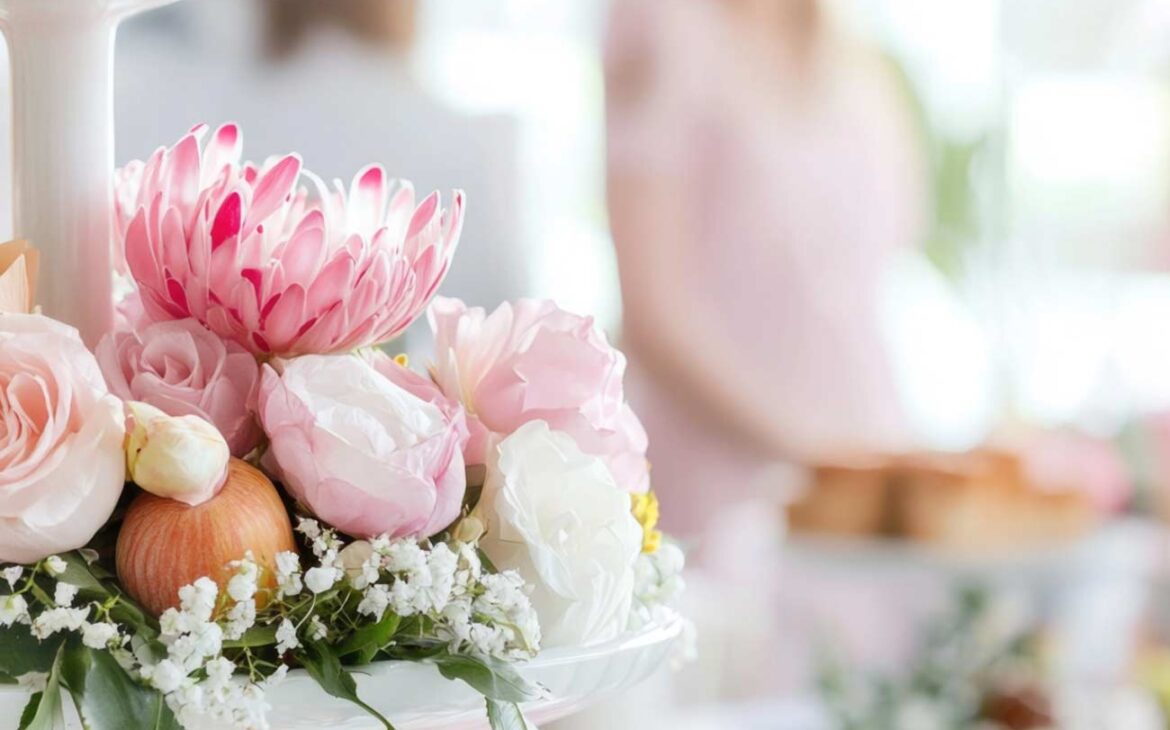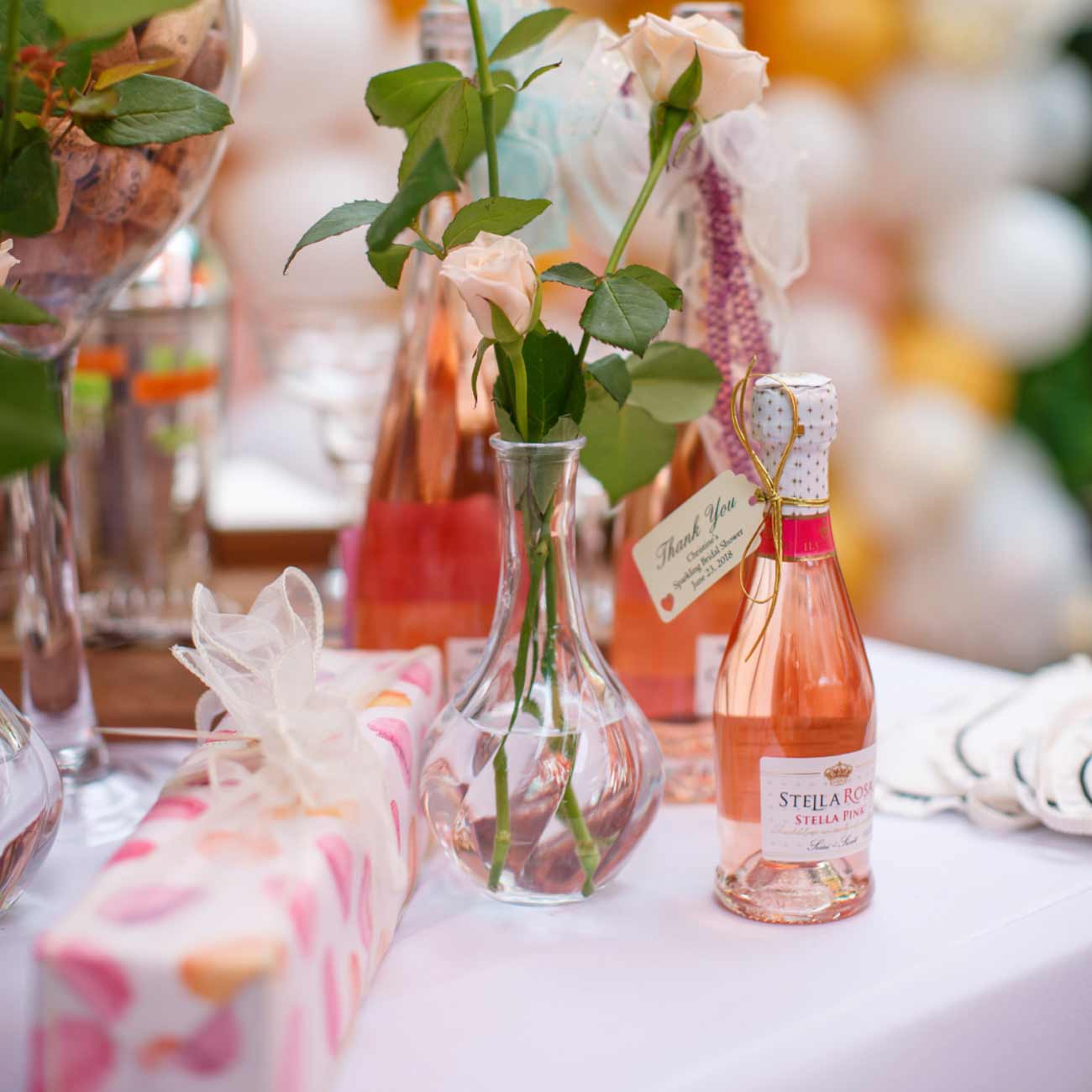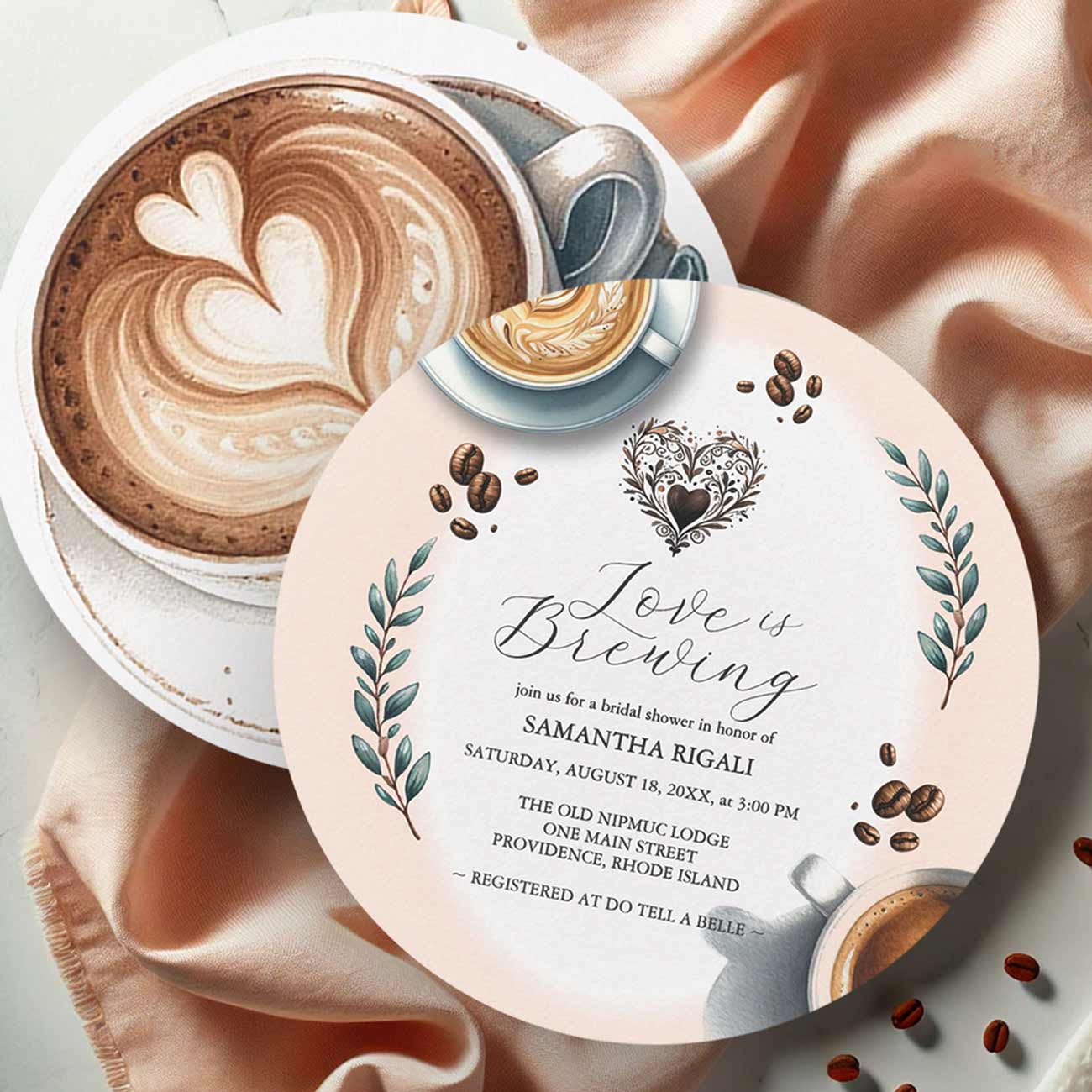Planning a bridal shower is an exciting time filled with love, laughter, and anticipation. One crucial detail that can make or break the event’s success is the timing of your invitations. Knowing how far in advance to send out bridal shower invitations can set the tone for the celebration, ensuring your guests have ample time to plan and prepare for the special day. But with so many factors to consider—like the venue, guest lists, and the bride’s preferences—figuring out the perfect timing may feel overwhelming. In this guide, we’ll explore expert recommendations and tips on when to dispatch those delightful invites, ensuring your bridal shower is not only memorable but also well-attended. Let’s dive into the essentials of bridal shower invitations and make your planning process a breeze!
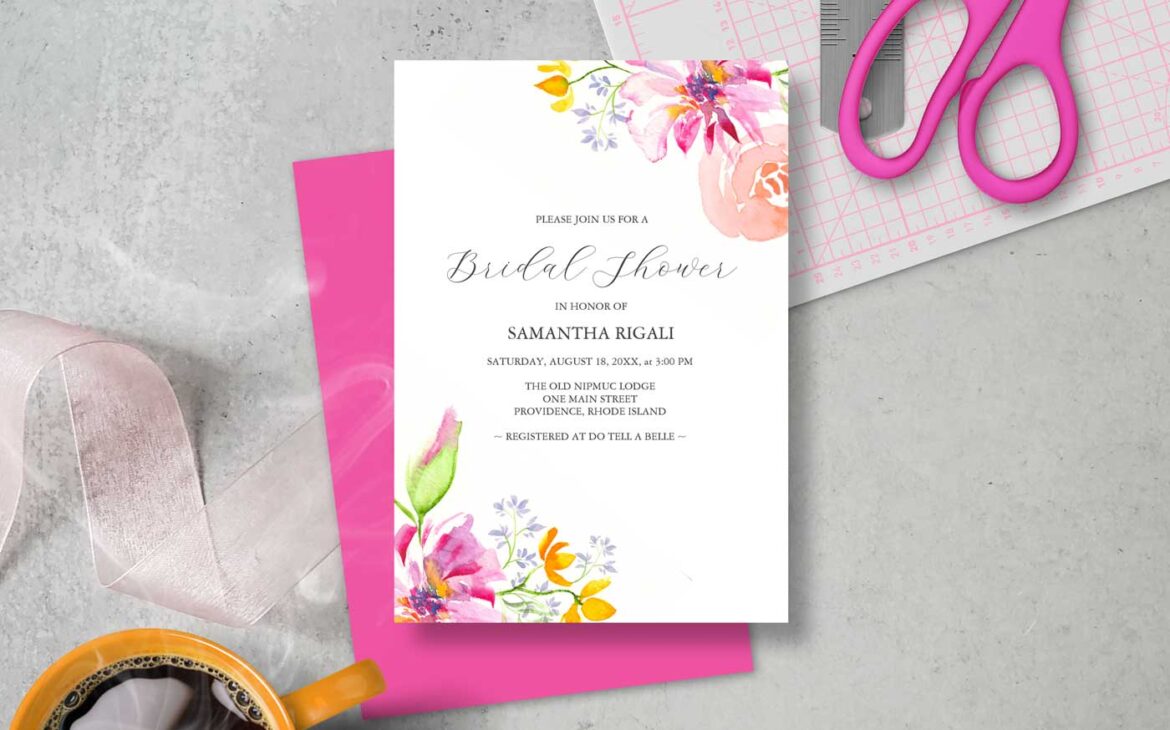
Understanding the Importance of Bridal Shower Invitations
Bridal showers are special celebrations that honor the bride-to-be as she transitions to married life. The invitations you send out serve as the first impression of the event, setting the tone for what guests can expect. These invitations are not just a formality but a crucial aspect of the event’s success. They communicate essential details such as the date, time, location, and theme, ensuring that guests are well-informed and excited to attend. Additionally, well-crafted invitations can build anticipation and make the guests feel valued and eager to join in the festivities.
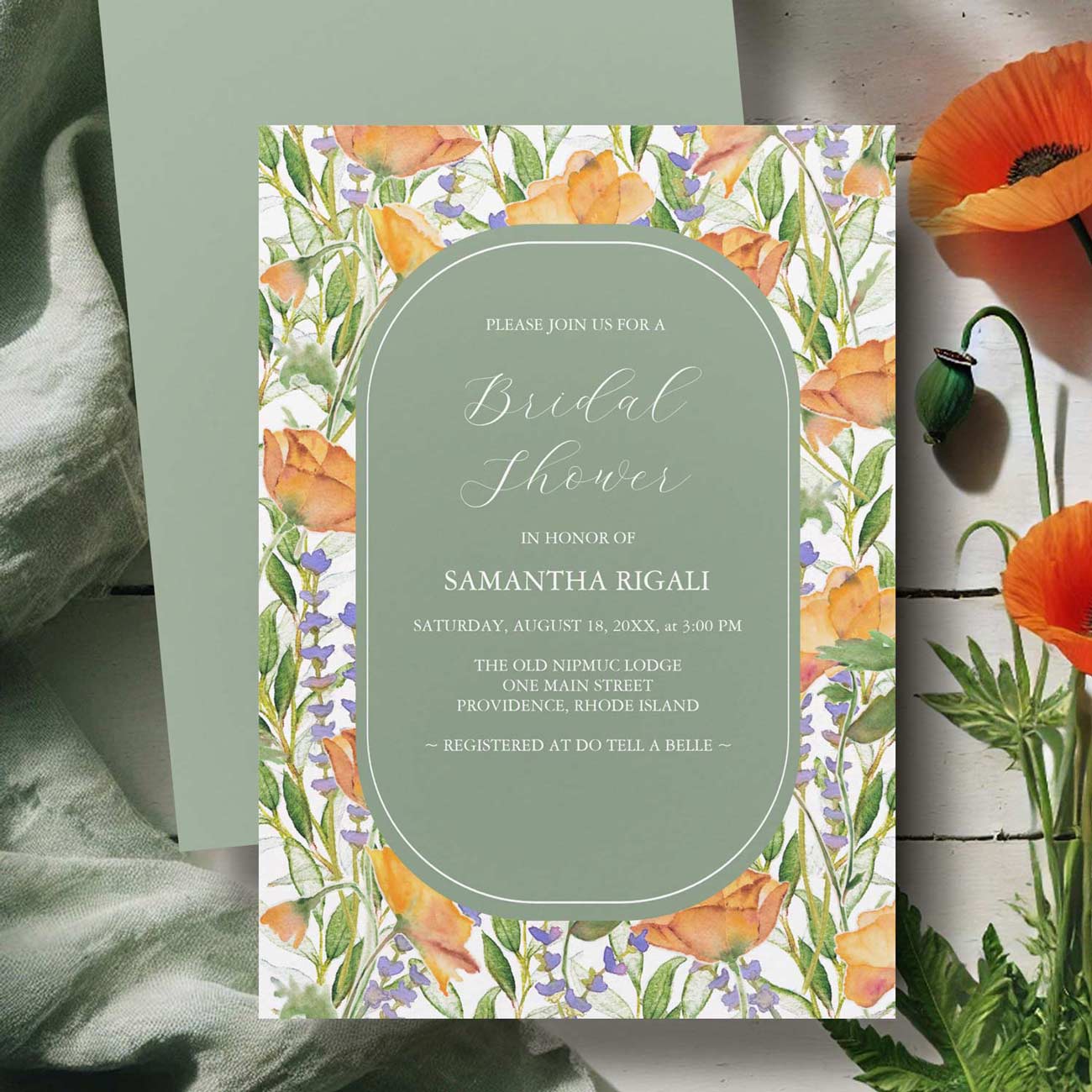
Furthermore, bridal shower invitations are an opportunity to showcase the personality and style of the bride. Whether the shower is a formal affair or a casual get-together, the invitations should reflect this. A beautifully designed invite can hint at the theme, color scheme, and overall vibe of the event, helping guests get a sense of what to expect. This can be particularly important if there is a dress code or if guests are expected to bring specific items, as it ensures everyone is on the same page and can plan accordingly.
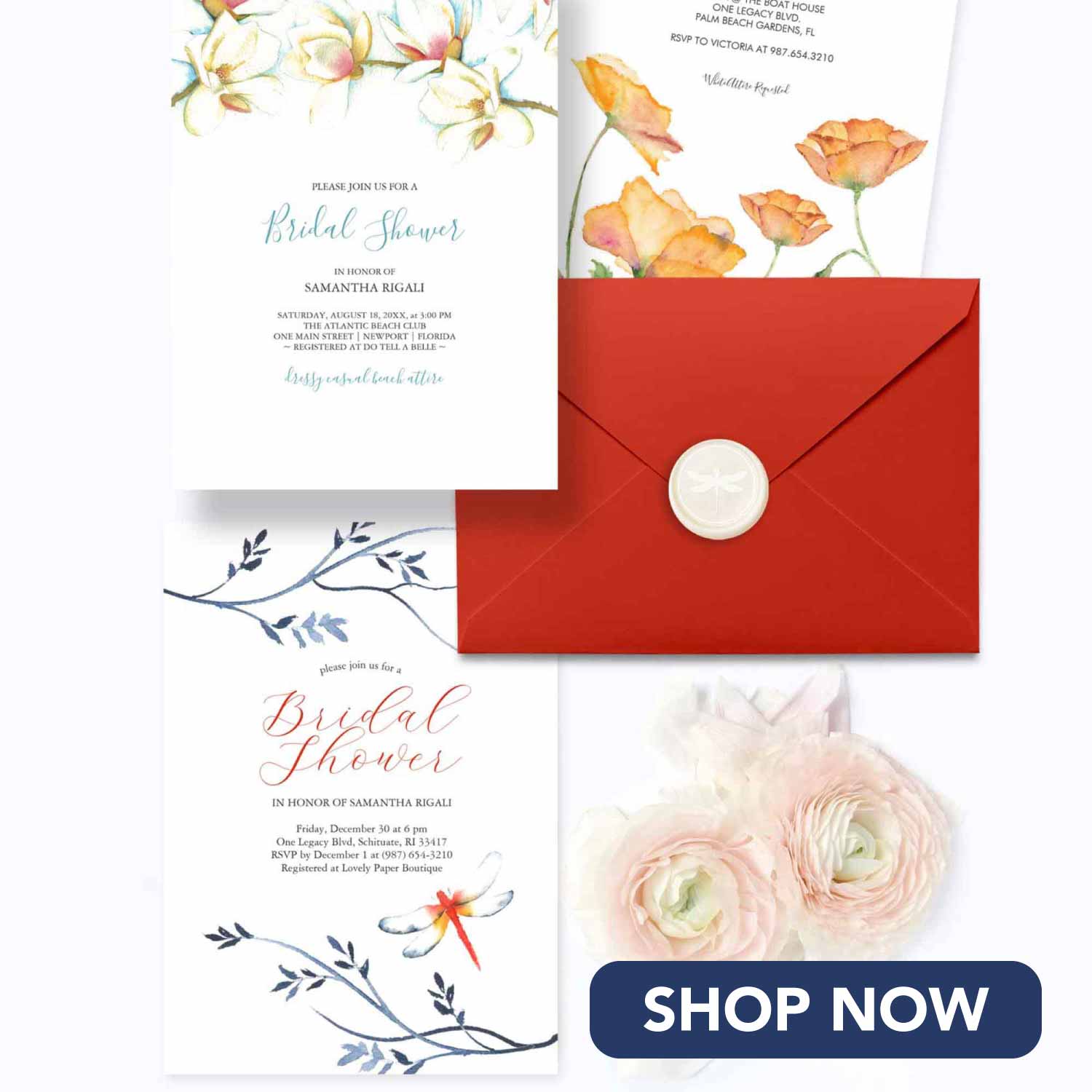
Moreover, sending out bridal shower invitations in a timely manner is essential for maximizing attendance. Guests need ample time to mark their calendars, arrange for travel if necessary, and purchase gifts. Properly timed invitations can significantly impact the number of attendees, contributing to a more lively and memorable celebration. In essence, bridal shower invitations are a blend of practical communication and creative expression, and their importance cannot be overstated.
The Ideal Timeline for Sending Invitations
Determining the ideal timeline for sending out bridal shower invitations is a critical aspect of the planning process. Generally, it’s advisable to send out invitations six to eight weeks before the event. This timeframe strikes a balance between giving guests sufficient notice and ensuring the event remains fresh in their minds. Sending invitations too early might result in guests forgetting the date, while sending them too late could lead to scheduling conflicts and lower attendance.
In some cases, you might need to adjust this timeline based on specific circumstances. Bridal showers are a prelude to the grand wedding celebration, offering a moment for close friends and family to gather in honor of the bride-to-be. The invitations for this event are not just pieces of paper or digital messages; they represent the first glimpse into the joyous occasion. These invitations set the tone and provide essential information that influences guests’ decisions and preparations. An invitation’s design, wording, and timing can significantly impact the overall success of the event.
Factors Influencing When to Send Invitations
Several factors can influence the exact timing for sending bridal shower invitations. One key consideration is the venue. If you are planning to host the bridal shower at a popular location, it may be necessary to book the venue well in advance. In such cases, sending invitations on the earlier side of the six to eight-week window can help ensure that your guests’ schedules align with the availability of the venue.

The guest list also plays a significant role in determining when to send invitations. If the bridal shower involves guests who live out of town, additional time may be needed for travel arrangements. In such scenarios, it might be prudent to send invitations closer to the eight-week mark to allow for adequate planning. On the other hand, if the majority of guests are local and have flexible schedules, a six-week notice might suffice.
Additionally, the bride’s preferences and the overall wedding timeline should be taken into account. If the bride has a particularly busy schedule or other pre-wedding events planned close to the bridal shower date, it’s essential to coordinate invitations accordingly. Aligning the bridal shower with the broader timeline of wedding-related events ensures that guests are not overwhelmed and can participate fully in each celebration.
How to Determine the Right Date for Your Bridal Shower
Choosing the right date for the bridal shower is a critical step in the planning process. The date should ideally be set within two months to three weeks before the wedding. This period allows the bridal shower to serve its purpose as a pre-wedding celebration without conflicting with the final preparations for the big day. It also provides a buffer for any last-minute adjustments or unforeseen circumstances.
When selecting a date, it’s important to consider the bride’s schedule first and foremost. Ensure that the chosen date works for her and does not coincide with other significant events or commitments. Consulting with the bride about her availability and preferences can help avoid scheduling conflicts and ensure that the event is enjoyable for her.
Another important consideration is the availability of key guests, such as close family members and friends. It’s beneficial to reach out to these individuals in advance to gauge their availability. This can be done informally through a group chat or a quick survey. By ensuring that the most important guests can attend, you can set a date that maximizes participation and enjoyment for everyone involved.
Different Types of Bridal Shower Invitations
Bridal shower invitations come in various formats, each offering unique benefits and considerations. Traditional paper invitations are a classic choice, providing a tangible keepsake that guests can hold onto. These invitations can be customized with beautiful designs, elegant fonts, and even embellishments like ribbons or wax seals. They convey a sense of formality and significance, making them a popular choice for many bridal showers.
Digital invitations, on the other hand, offer convenience and modern flair. They can be easily created and sent via email or social media platforms, making them a practical option for busy hosts. Digital invitations also allow for interactive elements, such as links to registries or maps to the venue, enhancing the guest experience. Moreover, they are eco-friendly and can be designed using various online tools, providing flexibility and creativity.
Hybrid invitations combine the best of both worlds by offering a physical invitation with digital enhancements. For example, a traditional paper invitation might include a QR code that links to an online RSVP form or additional event details. This approach caters to guests who appreciate the elegance of a physical invitation while leveraging the convenience of digital technology. By understanding the different types of invitations, you can choose the best option that aligns with your event’s tone and logistical needs.
Digital vs. Traditional Invitations: Which is Best?
Choosing between digital and traditional invitations depends on various factors, including your budget, the formality of the event, and your guests’ preferences. Traditional paper invitations are ideal for formal or semi-formal bridal showers. They offer a tangible sense of importance and can be kept as mementos. Paper invitations also allow for intricate designs and physical embellishments that can make a lasting impression.
However, traditional invitations can be more expensive and time-consuming to produce and send. Costs can add up with printing, postage, and additional decorative elements. Moreover, the process of mailing invitations requires careful planning to ensure they arrive on time. If you have a larger guest list or a tighter budget, these factors might influence your decision.
Digital invitations, in contrast, are cost-effective and quick to distribute. They are particularly suitable for informal or casual bridal showers. With digital invitations, you can easily track RSVPs, send reminders, and make last-minute updates. They are also eco-friendly, reducing paper waste. However, digital invitations might not carry the same sense of formality as traditional ones and might be overlooked in a crowded email inbox.
Ultimately, the choice between digital and traditional invitations should align with the bride’s preferences, the event’s tone, and practical considerations. Some hosts even opt for a combination of both, sending paper invitations to close family and friends while using digital ones for a broader guest list.
You may also enjoy these articles when planning your bridal shower. Tap on the images below to explore more:

